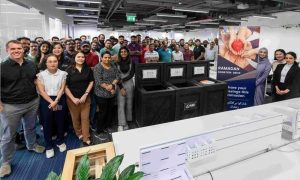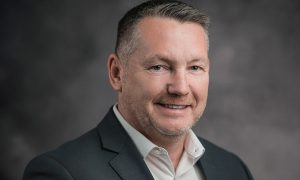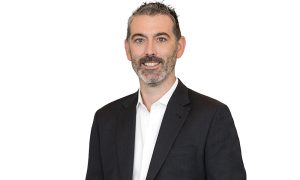Report advocates greater wastewater reuse in the region
Approximately 40-60% of the region’s wastewater is discharged into the sea when it could be stored and reused for other purposes

Approximately 40-60% of the region’s wastewater is discharged into the sea when it could be stored and reused for other purposes, according to ARCADIS’ 2014 Middle East Aquifer Recharge report.
“The region should use treated sewage effluent (TSE) as the precious resource it is and stop thinking of it as waste or a useless by-product,” said Titia De Mes, Water for Industry Leader, Middle East at ARCADIS. “TSE can and should be recycled, but this requires a change in thinking from being a choice and a cost to a necessity and investment.”
Merely, 60% of the region’s TSE could be stored in the aquifer and used at a later time rather than be uncontrollably discharged. There are three different approaches to aquifer recharge that can be considered: aquifer storage and recovery (ASR); aquifer storage transfer and recovery (ASTR) and aquifer recharge & recovery (ARR) – ASR is the forthright technique where water is re-injected back into the aquifer for later recovery and using a single well; ASTR allows for water to be injected into an aquifer, stored for a prolonged period and pumped up through another well, enabling natural treatment to occur as it moves through the ground; while ARR involves building infrastructure or modifying an existing landscape such as a Wadi to enhance groundwater infiltration, also enabling natural treatment.
The report recommends Aquifer Recharge and Recovery as the optimal choice for the Middle East, taking into account the high evaporation rates, limited amount of rechargeable water resources and declining groundwater table. Recharged groundwater, the reported notes, is a good water source, and can also help prevent salinisation of existing wells and prevents or reduces salt water intrusion.

























